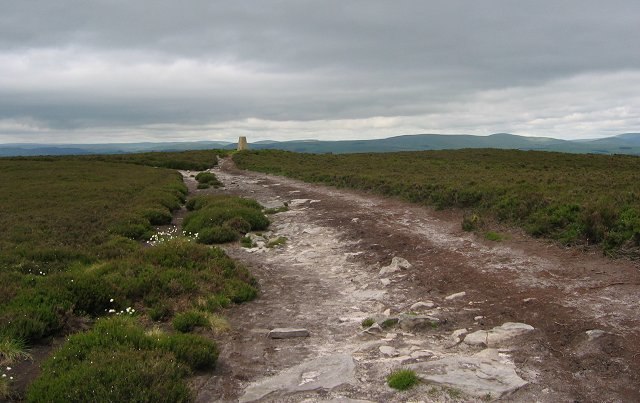The River Coquet runs through the county of Northumberland, England, discharging into the North Sea on the east coast at Amble. It rises in the Cheviot Hills on the border between England and Scotland, and follows a winding course across the landscape ("Coquetdale"). The upper reaches are bordered by the Otterburn Ranges military training ground, and are crossed by a number of bridges built in the 20th century. It passes a number of small villages and hamlets, and feeds one of the lakes created by extraction of gravel that form the Caistron Nature Reserve, before reaching the town of Rothbury, where it is crossed by a grade II listed bridge. Below the town is Thrum Mill, the restoration of which was featured on Channel 4 television.
River Coquet near Rothbury
Warkworth fish pass was refurbished in 2013 after 20 years of dereliction
The estuary of the River Coquet in Amble
John Smeaton's weir at Guynance fed an iron and tin works when first built.
Northumberland is a ceremonial county in North East England, bordering Scotland. It is bordered by the Scottish Borders to the north, the North Sea to the east, Tyne and Wear and County Durham to the south, and Cumbria to the west. The town of Blyth is the largest settlement.
Image: Bamburgh MMB 55 Bamburgh Castle (edited, cropped)
Image: Morpeth Clock Tower July 2017 (cropped, edited)
Image: Blyth East Pier Lighthouse (48586306587)
Long Crag summit








